The latest edition of secondary school history textbooks in Malaysia, beginning with the publication of the Form 1 history textbook in 2016 and that of the Form 5 textbook in 2020, are lopsided (distinctively Malay and Islam-centric), biased (intentionally omit significant facts relevant to nation-building) and inaccurate with numerous factual errors and half-truths.
To begin with, 17 out of the 18 writers of Form 1 to 5 history textbooks represent the dominant ethnic group. Hence, our young are now primarily learning Malaysian and world history from a particular perspective and specifically as viewed through the lens of one ethnic group.
Regrettably, the glaring defects in the current history textbooks only confirm the bias of the writers. Fundamentally, they do not provide an adequate, balanced and fair account of the emergence and growth of Malaysia’s plural society. For example, unlike earlier textbooks, the current history textbooks downplay the important roles and contributions of the Chinese and Indian communities in the economic and infrastructure development of the nation.
The textbooks are virtually silent about the pioneering role of the Chinese in the development of commercial agriculture (pepper, gambier, tapioca and pineapple) in the Straits Settlements and the Malay states during the 19th century. Astonishingly, the vital role of the Chinese in the development of the nation’s tin mining industry is dismissed with about two to three sentences in the Form Three history textbook. Similarly, the contributions of Indians in the development of the nation’s rubber industry are scantly mentioned - about two sentences in the Form 3 textbook.
The history textbooks omit the role of Indian labour in building roads, railways and bridges besides constructing ports, airports and government buildings. They sadly forget to tell the important, poignant story whereby hundreds of thousands of Indians lost their lives due to disease, snake bites, exhaustion and malnutrition in helping to develop the infrastructure of modern Malaya.
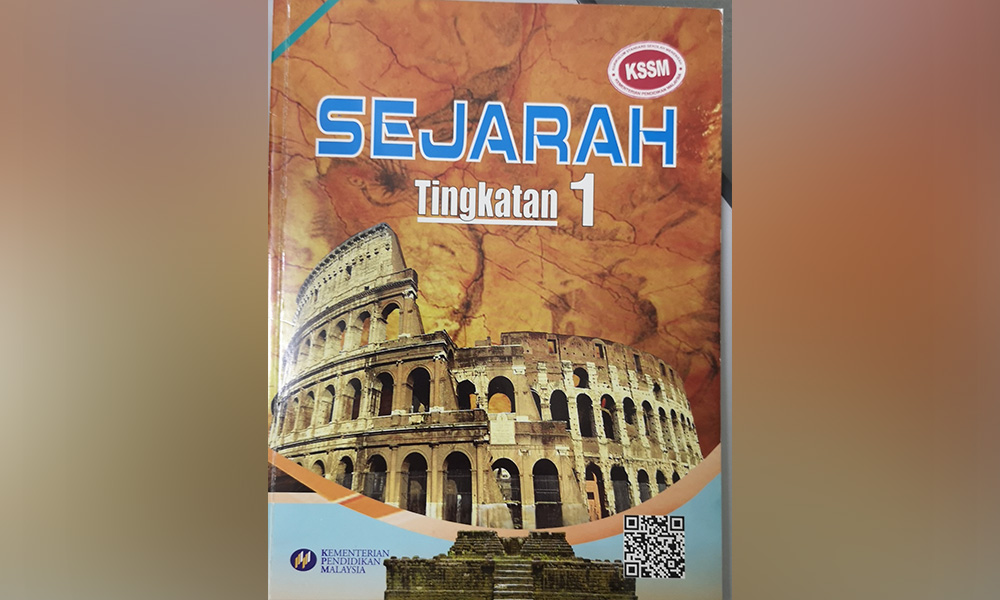
Such omissions on the key contributions of the ethnic minorities in the economic history of our nation have been increasingly blatant in the latest history textbooks. In contrast, the 1996 Form 2 history textbook (pages 148–50) provided a fairly detailed account of the roles of the Chinese and Indians in the economic development of Malaya, including in the opening up of new settlements and towns.
Further, the 1996 Form 2 textbook (pages 139–40) also elaborates on the key enterprising role of Chinese miners in increasing tin production and states clearly that they were 'pengusaha utama perusahaan bijih timah di Tanah Melayu' during the 19th century. Similarly, the subsequent edition of the Form 2 history textbook published in 2003 (pages 135–36) restates the crucial role of the Chinese in developing the tin mining sector, inter alia, as 'Sehingga akhir kurun ke-19, orang Cina menguasai kegiatan perlombongan bijih timah'.
Indian influences
Another major shortcoming of our current history textbooks is the grossly inadequate coverage of the impact of the Hindu-Buddhist civilisation on the early Malay kingdoms and society. They fail to elaborate on how Hindu-Buddhist civilisation impacted Malay culture, language, literature and the form of government. It should be noted that the early Malay kings were considered as the incarnation of Hindu gods (Shiva, Vishnu and Brahma) based upon the concept of devaraja (god-king).
Indeed, till today, elements of the Indian cultural influences are still prevalent in Malay culture, including in aspects of language, literature, customs and even the coronation ceremony of Malay rulers. Not many people are aware, for instance, that Malay words such as syurga, neraka, sembahyang and puasa are all derived from the Sanskrit language which was introduced to the Malay world by the Indians. Our textbooks also make no mention of Parameswara, the founder of Melaka, being a Hindu-Buddhist prince and having died as a Hindu-Buddhist.
In addition, the history textbooks make no mention of the singular role of Yap Ah Loy in developing Kuala Lumpur. Pre-eminent historian JM Gullick has described Yap Ah Loy as 'Mr Kuala Lumpur' down to 1879, while another renowned textbook writer of the 1960s, J Kennedy has stated that Yap Ah Loy has done “more than anyone to establish the little township destined to become Malaya’s capital.” In the Form 3 history textbook (page 61), Yap Ah Loy is merely listed last as being among four individuals who developed Kuala Lumpur (after Raja Abdullah bin Raja Jaafar, Sutan Puasa and Abdullah Hukum).
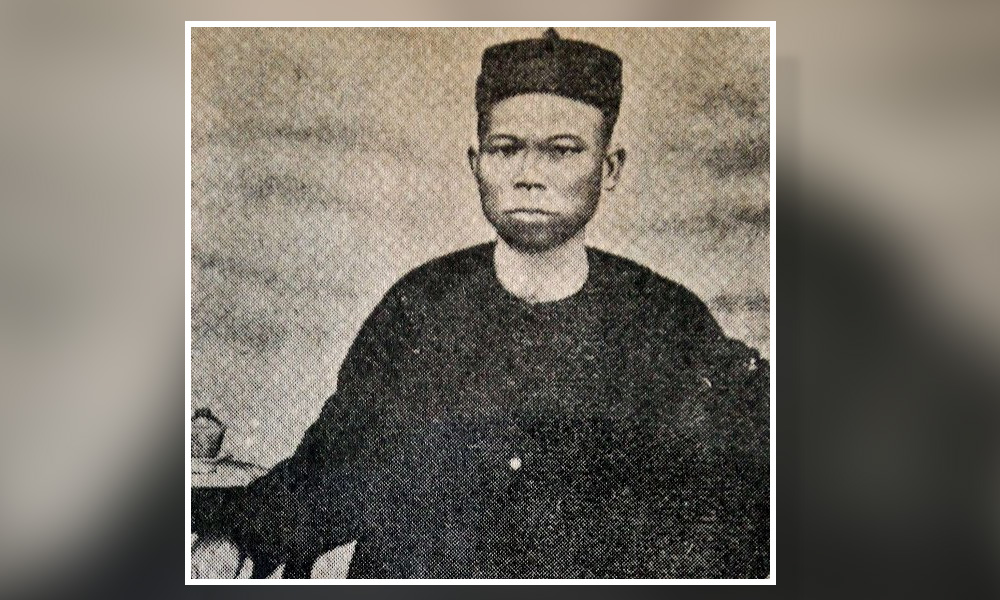
To my mind, it is an intellectual travesty to deny the fact that Yap Ah Loy was primarily responsible for the early development of Kuala Lumpur. In this regard, it is worth recalling the comment by Ahmad Kamal Ariffin, a senior lecturer with the History Department of Universiti Malaya that Yap Ah Loy’s “role in rebuilding Kuala Lumpur should be given its place in history textbooks.”
Apart from biases and omissions, the textbooks also contain factual distortions and exaggerations. For instance, the Form Four history textbook (page 74) erroneously states that the Malay regiment (numbering only about 1,400 men) formed the bulwark of British Malaya’s defence during the Japanese invasion of 1941-42 when in reality it was mainly the British, Indian and Australian troops who did so. Of course, it cannot be denied that men of the Malay Regiment - who were greatly outnumbered - fought heroically and ultimately in hand-to-hand combat against the Japanese during the Battle of Pasir Panjang in Singapore on Feb 13-14, 1942.
Factual errors
The history textbooks also exaggerate the role of Malay chiefs in the economic development of British Malaya. For instance, the Form 3 textbook (page 212) states incorrectly that Long Jaafar brought progress in Larut and thereby introduced the Malay state to the world market as a major producer of tin.
The truth is that it was primarily Chinese capital and labour that made the Federated Malay States (FMS) become the world’s largest tin producer more than three decades after the death of Long Jaafar in 1857. For the record, the FMS became the world’s largest tin producer in 1893 and by the end of the 19th century were supplying about 55 percent of the world’s tin.
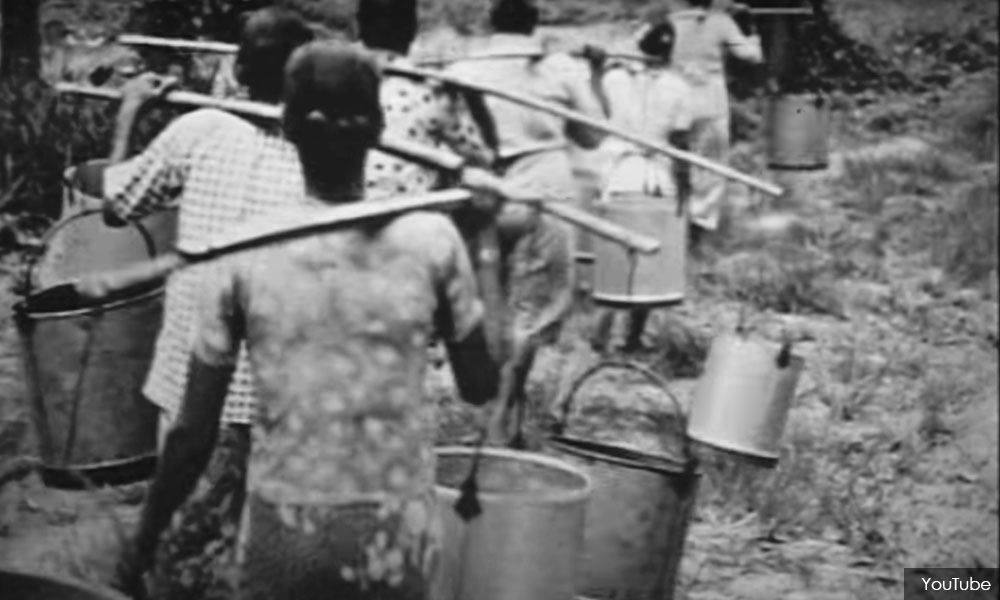
The Islam-centric bias of our history textbooks is fairly obvious. For example, the Form 1 History textbook narrates the Indian civilisation in six pages and the Chinese civilisation in eight pages. On the other hand, the Islamic civilisation is given far greater coverage in 26 pages, almost double that of both the Indian and Chinese civilisations pages combined.
Whilst the textbook correctly highlights the important contributions of several Muslim scholars of medieval Islamic civilisation such as Jabir ibn Hayyan, Ibn Sina and Al-Khawarizmi, it fails to mention the contributions of ancient Indian scholars such as Aryabhata (renowned mathematician) who introduced the concepts of zero and decimals, and Sushruta (renowned physician) who is widely regarded as the “Father of Plastic Surgery”.
Despite having seven professors as 'pakar rujuk' (experts), our history textbooks contain numerous factual errors - some inexcusable, basic errors of fact - as shown in the following table:
Consequently, our young are not being taught the real and inclusive history of our nation but rather a consciously selected historical narrative skewed towards establishing Islamic and Malay dominance based upon the divisive concept of 'ketuanan Melayu', which as rightfully stated recently by Azly Rahman “is a dangerous concept that is threatening race relations” and “would only breed dangerous ethnocentrism bordering on xenophobia.”
In the words of Johnson Nga, ex-principal of Methodist Girls Secondary School Melaka, “We lie to our students. We lie to them by omitting parts of our history; by reinventing other parts; by glamorising aspects of it at the expense of other aspects. Our youth are not given the whole picture; not told the true story.”
Shocking anomaly
Ironically, the Islam and Malay-centric nature of our history textbooks contradict not only the Malaysia Education Blueprint 2013–2025 but also the objectives of the history curriculum of the Secondary School Standard Curriculum. The former states, inter alia, that:
- An unshakable sense of national identity is necessary for Malaysia’s success and future;
- Every child will proudly identify as Malaysian, irrespective of ethnicity, religion or socio-economic status; and
- Establishing a true national identity also requires a strong sense of inclusiveness. This can be achieved through not only learning to understand and accept diversity but to embrace it.

Two of the objectives of the latter are to enable students to discuss the historical development of our society and nation to build a sense of identity, and the importance and role of various ethnic groups in nation-building.
Simply put, there is no congruence between the content of our history textbooks and the National Education Policy and objectives of history teaching. I humbly urge the Education Ministry to address the serious and shocking anomaly where approved history textbooks contradict the government’s stipulated educational policy aims and curriculum objectives.
The Education Ministry should take heed of the clarion call by Rais Yatim, a former minister and a leading cultural expert, that our history textbooks must take “into account the contributions of all who call Malaysia their home” and also provide a historical narrative that “fosters and strengthens nation-building.” In a similar vein, Abdul Razaq Ahmad, Ahamad Rahim, Ahmad Ali Seman and Mohd Johdi Salleh have highlighted that our history textbooks should portray the true history of all Malaysians and not just the Malays.
Let’s face it. We are a multi-ethnic nation as popularised in Tourism Malaysia’s slogan, 'Malaysia, Truly Asia'. As a multiracial society, we must embrace our historical past in all its breadth and glory. We must take pride and derive strength from our religious and ethnic diversity which makes our nation truly unique. In this regard, our history textbooks must tell the story of Malaysia as it is and not seek to distort history and omit important facets of the nation’s history.
A total revamp
Consequently, we must recognise and value the nation’s rich legacy and common multi-cultural heritage which not only constitutes its soul (shared collective memory of historical events that shaped the nation) but is also the glue that holds the nation together (sense of solidarity) in pursuing the superordinate goal of continued success and wellbeing.
The teaching of inclusive history is an integral part of nation-building. Our history textbooks should adopt a “pluralistic framework” that can promote a sense of national identity and belonging which is crucial for racial harmony and national unity.
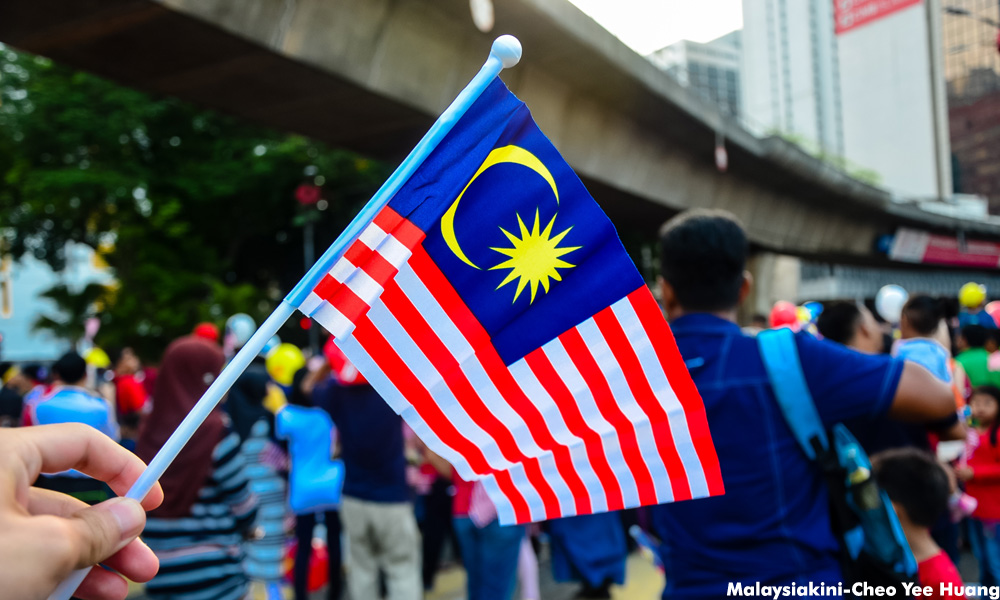
Our young must be nurtured towards thinking and working together as “Malaysians” for the common good and future success of the nation.
In short, our history textbooks must be Malaysian-centric. We must put an end to this ethnic and religious prejudice in our textbooks if we are truly committed to building a truly united, harmonious and progressive Bangsa Malaysia by providing an inclusive and truthful narrative of the nation’s past.
Personally, I have no objections to the Malay/Islam narrative being the core of Malaysian history but definitely not at the expense of marginalising the history of non-Malays, the Orang Asli of West Malaysia and the Orang Asal of Sabah and Sarawak.
To conclude, historians in particular, as well as educators and policymakers, should all be committed to the writing of Malaysian history that is factually accurate, generally objective and inclusive which can foster a sense of belonging to the nation and a common identity among young Malaysians. It is a vital prerequisite for the future success and well-being of our beloved nation in today’s highly competitive and challenging world.
Towards this end, a total revamp of the history curriculum, the content of the current secondary history textbooks and the process of selecting history writers and the advisory panel from various ethnic groups based strictly on meritocracy is urgently required. - Mkini
RANJIT SINGH MALHI has written over 20 books on history, management, personal development and graduate employability.
The views expressed here are those of the author/contributor and do not necessarily represent the views of MMKtT.



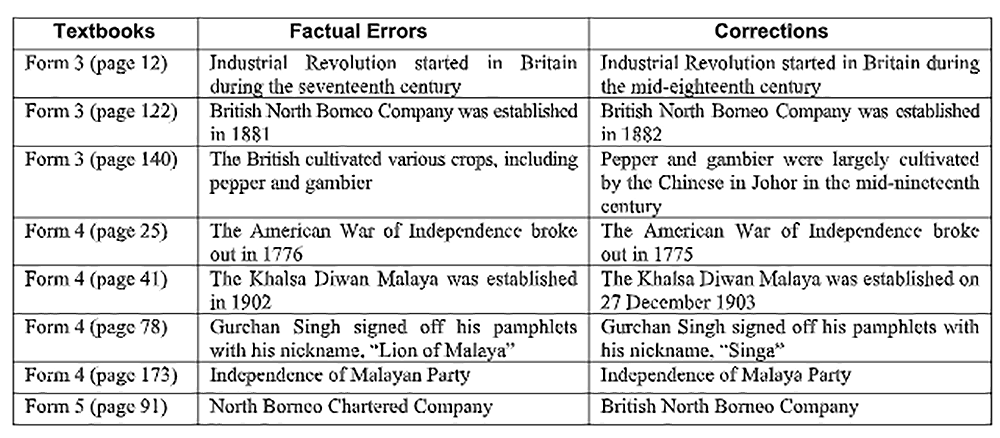
No comments:
Post a Comment
Note: Only a member of this blog may post a comment.